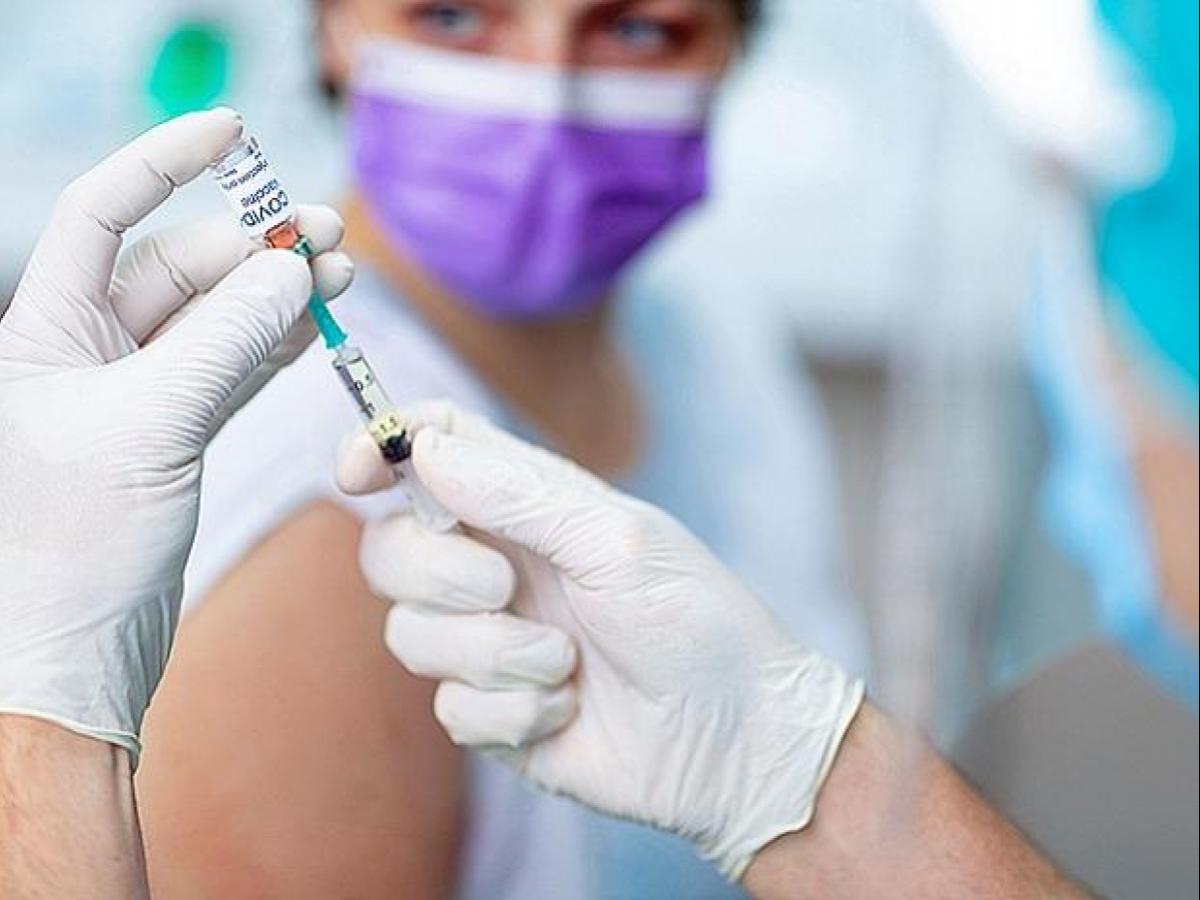Over the past few decades, India has seen a remarkable improvement in its trade and infrastructure and is now poised to become the third-largest economy soon. However, Healthcare, a key driving force for this growth, still faces a significant challenge with uneven distribution of services and resources across India.
The healthcare landscape in India is marked by significant disparities in terms of access, affordability, and quality. A study based on the India Human Development Survey (IHDS) found that household income directly determines the state of individual health. People from high- and middle-income households are less likely to fall sick than those from low-income households. Further, as we add layers of marginalisation, such as disability, region, age (elderly and children), and gender the accessibility and affordability concerns become only more complex.
Rising Healthcare Disparities
Despite more than half of the country’s population (65%) residing in rural India, 73% of healthcare services are concentrated in urban areas. This forces people in villages and smaller towns to invest considerable time and money travelling to cities for treatment. The overwhelming out-of-pocket expenditure on healthcare drives nearly 55 million people into poverty every year.
Ideally, Primary and Community Health Centres (PHC & CHC) should be lifelines for the people living in rural areas. However, limited resources and manpower affect efficiency in effectively catering to the rural population. As per the Rural Health Statistics Report, 2022-23, less than 50% of PHCs across the country are functional. Of the 5400+ CHCs which function as referral centres, only 541 had the required number of specialists. The lack of diagnostic facilities and medical equipment, and the prospect of long travel deters people from seeking healthcare promptly, which can exacerbate symptoms. Further over-stretched health workers are not able to cater effectively to communities, which ultimately has a detrimental impact on preventive healthcare.
Philanthropic aids to complement government efforts
While sincere efforts have been made by the Indian government to improve healthcare infrastructure and services, there are still significant gaps, particularly in rural and underserved areas. A possible solution for this can be an increase in philanthropic contributions by different organizations which can complement government initiatives.
Philanthropic and CSR initiatives can aim to strengthen the infrastructure of primary, secondary, and tertiary healthcare. Providing new and updated equipment, increasing the number of beds, and fortifying emergency services can enhance the capabilities of the healthcare system.
Philanthropic initiatives can also bring in the much-needed capital to train a higher number of health workers and help local hospitals and medical facilities create an ecosystem which retains them. Continuous professional development and capacity-building programs ensure that these professionals are equipped to handle a wide range of health issues and provide high-quality care.
With trained health professionals in place, it becomes easier to provide telehealth, point-of-care diagnostics, and remote monitoring services to people in underserved areas. Besides rural settings, these services can also be essential for the elderly, and persons with disabilities. Point-of-care services can be promoted through Mobile Medical Units (MMUs) that are equipped with essential medical and diagnostic tools. They form the first step towards providing preventive care, specialist consultations, and referrals to higher-level healthcare facilities when necessary.
Corporates and philanthropies are increasingly piloting innovative models to increase coverage for national initiatives in underserved areas through programs leveraging community-based models as well as the latest technologies. Specialized telehealth as well as mobile clinics and AI-based detection systems are targeting issues as varied as cancer screenings, TB detection and pulmonary diseases, and neonatal health screenings in addition to providing primary healthcare at the doorstep.
Meaningful partnerships
Forming partnerships with local healthcare institutions, national institutes, community organisations, and government authorities is crucial for reaching a larger number of people. These collaborations also facilitate knowledge exchange, capacity building, and the sharing of best practices. Working together with these entities ensures a unified approach to tackling healthcare disparities. It also eliminates overlapping efforts and parallel structures that may cause investments to scatter and dilute the overall effectiveness of health facilities.
Collaboration with local healthcare institutions and aligning with government schemes also provides large data sets which are critical to identifying further gaps and solutions. Regular reviews and adjustments based on the evaluation of these data ensure that healthcare interventions remain effective and responsive to the needs of the population.
Health awareness campaigns play a pivotal role in educating communities about available services and promoting preventive health measures. By collaborating with local organisations, schools, and authorities, these campaigns can effectively increase healthcare-seeking behaviour and reduce stigma around health issues. Community engagement ensures that health messages are culturally relevant and widely accepted.
The Way Forward
The devastation and the loss India and the world experienced after the COVID pandemic has made it abundantly clear that neither lives nor the economy can survive without adequate healthcare. It is also becoming increasingly clear that we must look at ways in which commercial or private capital can be infused into the sector to encourage solutions for sustainable and long-term transformations in underserved areas and communities.
The need of the hour is for all stakeholders to collaborate and work towards the unified vision of achieving healthcare for all. Philanthropies stand as a bridge between people, government, and the private sector – their role in ensuring that every person enjoys their right to good health and well-being is indispensable.
Views of the author are personal and do not necessarily represent the website’s views.
Ms. Shweta Rawat is the Founder & Chairperson of The Hans Foundation. Together with Mr. Manoj Bhargava, she founded the organization in 2009 and has played a key role in defining the goals and direction of the organization since. Ms Rawat has led the foundation to significant achievements right from its inception through her passionate belief in the core vision and mission of the organization. She emphasizes disability projects as a key part of The Hans Foundation’s efforts. Understanding the need to develop the holistic well-being of marginalized communities, Ms. Rawat focuses on programs that reach the last mile and ensure long-term positive outcomes for communities.



